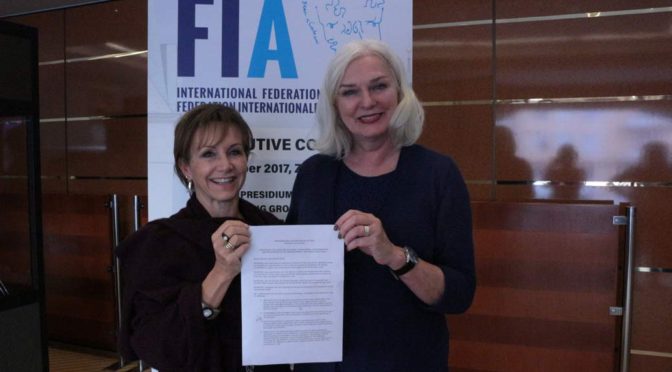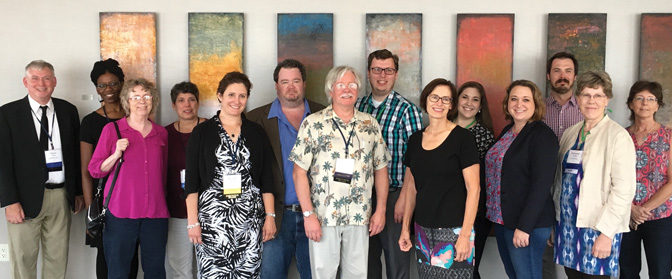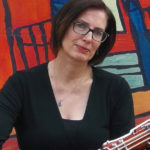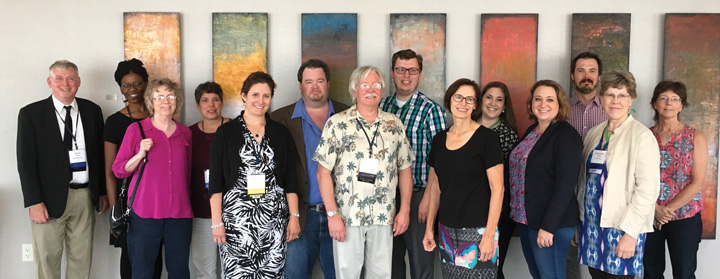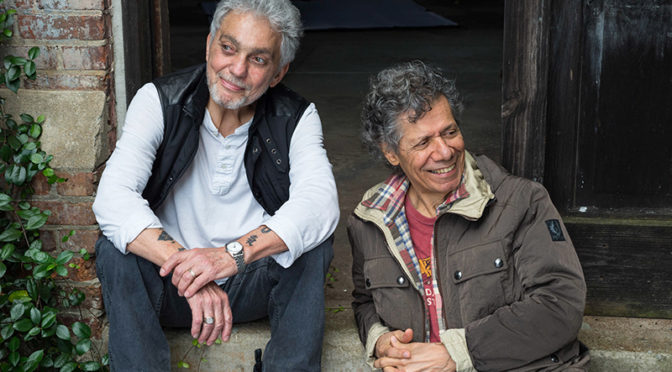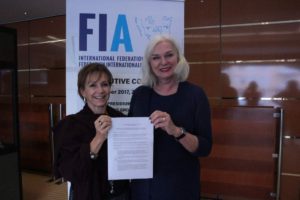
SAG-AFTRA President Gabrielle Carteris and FIA President Ferne Downey display the FIA Declaration on Sexual Harassment, Discrimination, and Retaliation in the Entertainment and Media Industries.
In October the International Federation of Actors (FIA) Executive Committee approved a declaration on sexual harassment, discrimination, and retaliation in the entertainment and media industries. The declaration, authored and sponsored by the SAG-AFTRA recognizes the rights of all performers to a safe and harassment-free working environment and urges the industry to work in good faith with unions and performer organizations to develop a long-term strategy to achieve discrimination and harassment-free workplaces.
“The scandal involving Harvey Weinstein revealed problems that were all to familiar to women—and men—in our industry. We know that sexism in our industry is real. We know that there are sexual harassers who use their power to intimidate. And we know that this needs to change. And as union leaders we are taking a stand—we seek nothing less than a major cultural shift,” says FIA President Ferne Downey.
The declaration was issued during the FIA Executive Committee Meeting in Zagreb, Croatia, on behalf of the FIA’s 87 affiliated unions and performer organizations, representing hundreds of thousands of performing artists in more than 60 countries.


